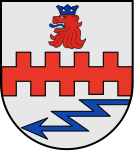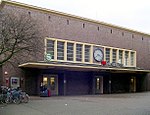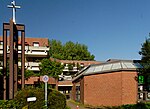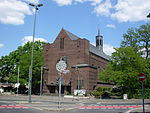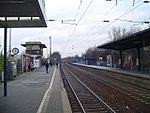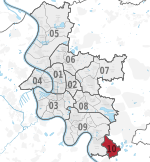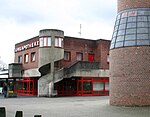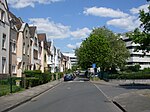Schloss Benrath
1770 establishments in the Holy Roman EmpireBuildings and structures in DüsseldorfGardens in North Rhine-WestphaliaGerman castle stubsHistoric house museums in Germany ... and 10 more
Houses completed in 1770Museums in DüsseldorfNatural history museums in GermanyNorth Rhine-Westphalia building and structure stubsPalace stubsPalaces in North Rhine-WestphaliaParks in GermanyRococo architecture of GermanyTourist attractions in DüsseldorfWater castles in North Rhine-Westphalia
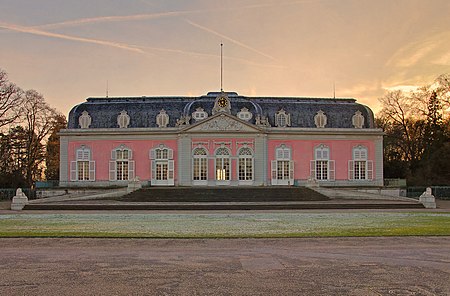
Schloss Benrath (Benrath Palace) is a Baroque-style maison de plaisance (pleasure palace) in Benrath, which is now a borough of Düsseldorf. It was erected for the Elector Palatine Charles Theodor and his wife, Countess Palatine Elisabeth Auguste of Sulzbach, by his garden and building director Nicolas de Pigage. Construction began in 1755 and was completed in 1770. The ensemble at Benrath has been proposed for designation as a UNESCO World Heritage Site.
Excerpt from the Wikipedia article Schloss Benrath (License: CC BY-SA 3.0, Authors, Images).Schloss Benrath
Westliche Fächerallee, Dusseldorf Benrath (Stadtbezirk 9)
Geographical coordinates (GPS) Address Nearby Places Show on map
Geographical coordinates (GPS)
| Latitude | Longitude |
|---|---|
| N 51.160833333333 ° | E 6.87 ° |
Address
Westliche Fächerallee
Westliche Fächerallee
40597 Dusseldorf, Benrath (Stadtbezirk 9)
North Rhine-Westphalia, Germany
Open on Google Maps
